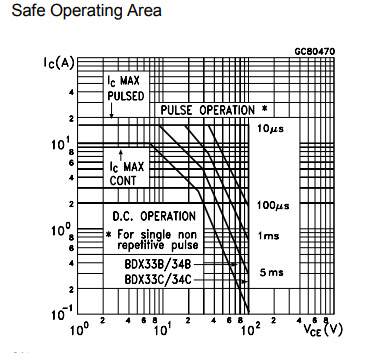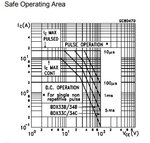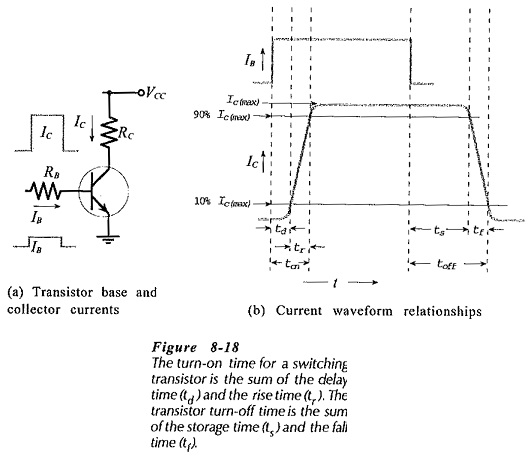JohnJohn20
Advanced Member level 4
I have a smartdrive washing machine motor. These are normally driven by a 400VDC power supply using FETs or similar transistors to switch the power to the coils.
My plan is to have a 80V rechargable battery and switch the coil power with BDX33C and BDX34C Darlington pair transistors (because they are cheap and easy to use and I can drive them straight off the 20mA output of a Arduino board).
At 1000 RPM the coils will need about 1 amp switched at 800Hz.
My questions are:
1. How fast can these transistors turn on / off?
2. What is the Turn on / turn off times of these transistors?
The BDX33 data sheet says " They are intented for use in power linear and switching applications. " and " is designed for general
purpose and low speed switching applications. " which is a bit vague.
 The data sheet does have this graph but I am not sure what it means. Thanks for your time.
The data sheet does have this graph but I am not sure what it means. Thanks for your time.
My plan is to have a 80V rechargable battery and switch the coil power with BDX33C and BDX34C Darlington pair transistors (because they are cheap and easy to use and I can drive them straight off the 20mA output of a Arduino board).
At 1000 RPM the coils will need about 1 amp switched at 800Hz.
My questions are:
1. How fast can these transistors turn on / off?
2. What is the Turn on / turn off times of these transistors?
The BDX33 data sheet says " They are intented for use in power linear and switching applications. " and " is designed for general
purpose and low speed switching applications. " which is a bit vague.


